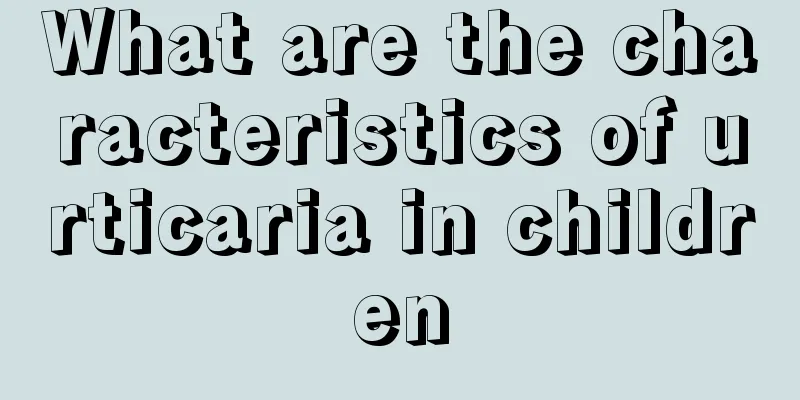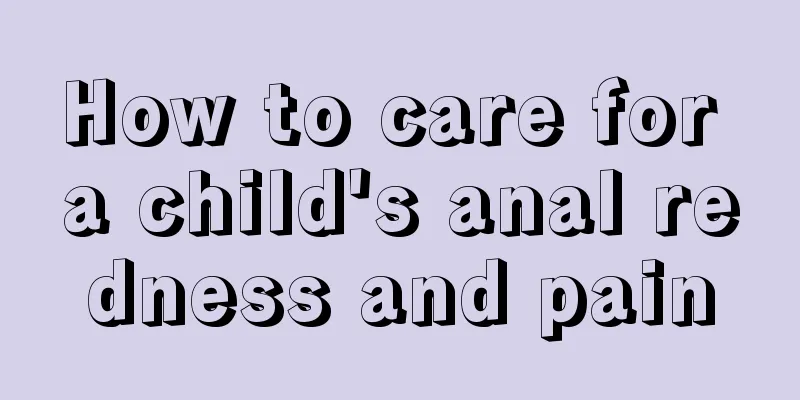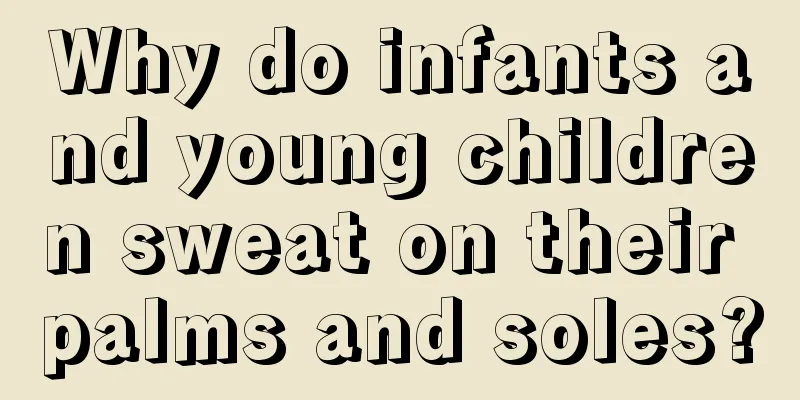What are the characteristics of urticaria in children

|
What are the symptoms and characteristics of urticaria in children? Everyone should not ignore it, especially as a parent. If you want to ensure the physical and mental health of your child, you must pay special attention to it when he shows some discomfort. If you want scientific and effective treatment, you need to pay attention to its characteristics, so that we can discover it in time and treat it in a targeted manner. Characteristics of urticaria in children It is mostly caused by allergic reactions. The most common suspected causes are first food and second infection. The causes of urticaria vary depending on age and diet. For example, if infants are mainly fed with breast milk, milk, and dairy products, the causes of urticaria are mostly related to additives in milk and dairy products. As they grow older, infants and young children begin to eat complementary foods. At this time, eggs, meat floss, fish floss, fruit juice, vegetables and fruits can all become causes of allergies. Preschool and school-age children often like to eat snacks, and there are more types of snacks and regular meals, so the chance of food allergies increases. Foods such as fruits, fish, crabs, shrimps, peanuts, eggs, strawberries, apples, plums, citrus, various cold drinks, beverages, chocolate, etc. may all be causes of allergies. Children aged 2-7 lack self-control and are often easily bitten by insects or come into contact with pollen, dust, mites and the fur of pets such as cats and dogs when they go outdoors, in the wild, in the bushes, or under street lights in the evening, all of which can easily cause allergies. Children in childhood and early childhood have low resistance and are prone to various infections. Therefore, diseases such as purulent tonsillitis, pharyngitis, enteritis, upper respiratory tract infections, etc. can become the triggering factors of urticaria all year round. Older children and adolescents are more likely to be allergic to drugs, especially penicillin, and develop urticaria. Urticaria in children is less likely to be induced by drugs, cold, hot sunlight, mental stress, or associated with systemic diseases than in adults. From the course of the disease, urticaria in children is mostly acute urticaria. However, as children and adolescents age, allergic eczema and asthma worsen, or take medications (such as penicillins and sulfonamides), which may cause urticaria, which can gradually change from acute urticaria to chronic urticaria. Adults are more likely to suffer from chronic urticaria and drug-induced urticaria than children. If you want your children to grow up healthily and happily, and to effectively prevent and solve these diseases, you cannot ignore the common sense of these diseases. Because the more you ignore them, the more serious the impact and damage will be. So for the health of your children, you must know the treatment methods for rubella. |
<<: Is rubella contagious in children? How to treat and prevent it?
>>: What are the treatments for rubella in children?
Recommend
What causes white spots on children's nails? These common sense cannot be ignored
The condition of the fingernails represents the h...
Is nebulization good for babies?
People should be familiar with nebulization. It i...
How to train your baby to lift his head
Lifting the head is an ability that babies need t...
Why does my child keep vomiting?
When a baby has symptoms of vomiting, generally s...
What should I do if my baby has a fever and his feet are cold?
Newborn babies have relatively poor body resistan...
What can’t babies eat if they are allergic? Don't touch these foods
The baby's body is relatively fragile and its...
What should I do if my child gets electrocuted?
Electricity is very important for daily life and ...
Treatment of infantile tics
According to surveys, the number of patients with...
What should I do if my child keeps coughing?
When the weather is changeable, children are most...
What should I do if my child's allergic cough doesn't go away?
During the growth and development period, childre...
Can childhood encephalitis be cured?
When an infant shows serious symptoms such as enc...
Symptoms of calcium deficiency in 3-month-old babies
Babies will have a series of problems due to calc...
What should my baby eat if he has a bacterial infection and fever?
Nowadays, most children are only children, so par...
What to do if your child has a cold, cough or vomiting
Nowadays, parents pay special attention to their ...
Common causes of small pimples on children
Small pimples on children's bodies are a rela...









